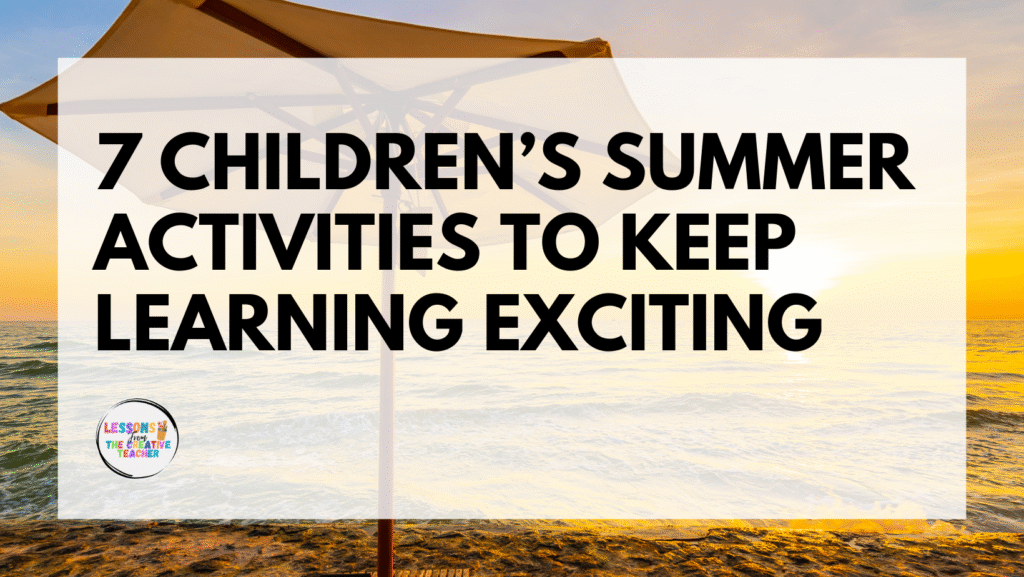Summer is a time for sunshine, play, and adventure. But for many kids, it’s also a long break from learning. Without regular practice, students can lose some of the skills they gained during the school year. That’s why [children’s summer activities] that blend fun and learning are so important. Whether you’re a teacher preparing take-home packs or a parent planning educational play, there are many ways to keep young minds active.
Why Choose Educational Children’s Summer Activities
Combatting the Summer Slide
When kids step away from daily school routines, they can experience the “summer slide”—a dip in reading and math skills. Educational [children’s summer activities] offer a gentle way to review important concepts without feeling like homework. Practicing letters, numbers, and problem-solving just a few times a week can make a big difference when school starts again.
Building Lifelong Skills Through Play
Activities that combine learning with play are a win-win. Kids get to move, explore, and create, while also working on key academic areas. These [children’s summer activities] also help build soft skills like creativity, focus, independence, and curiosity—skills they’ll use for life. Plus, summer learning helps children stay confident and ready for the next grade.
7 Children’s Summer Activities to Keep Learning Exciting
1. Alphabet Tracing with Sand or Sidewalk Chalk
Let kids write big letters in sand trays or outside with chalk. This activity strengthens handwriting, letter recognition, and fine motor skills.

2. Counting Bubbles Game
Count the bubbles as they float and pop! Ask questions like “How many small ones? How many big ones?” to build counting and observation skills.
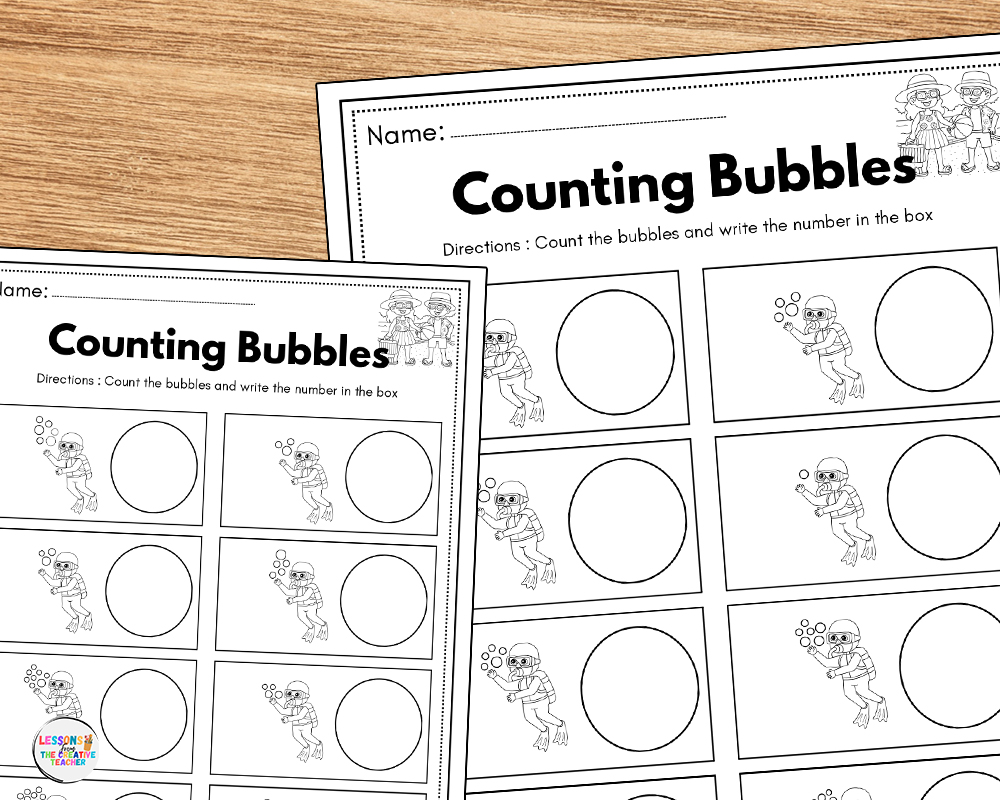
3. DIY Number Bonds with Toys or Snacks
Use building blocks or snacks like crackers to create number bonds. For example, show that 2 and 3 make 5. It’s a hands-on way to learn early math.

4. Create CVC Word Puzzles Using Popsicle Sticks
Write consonant-vowel-consonant (CVC) words on popsicle sticks and mix them up. Kids can match and read words like “cat” or “dog.”
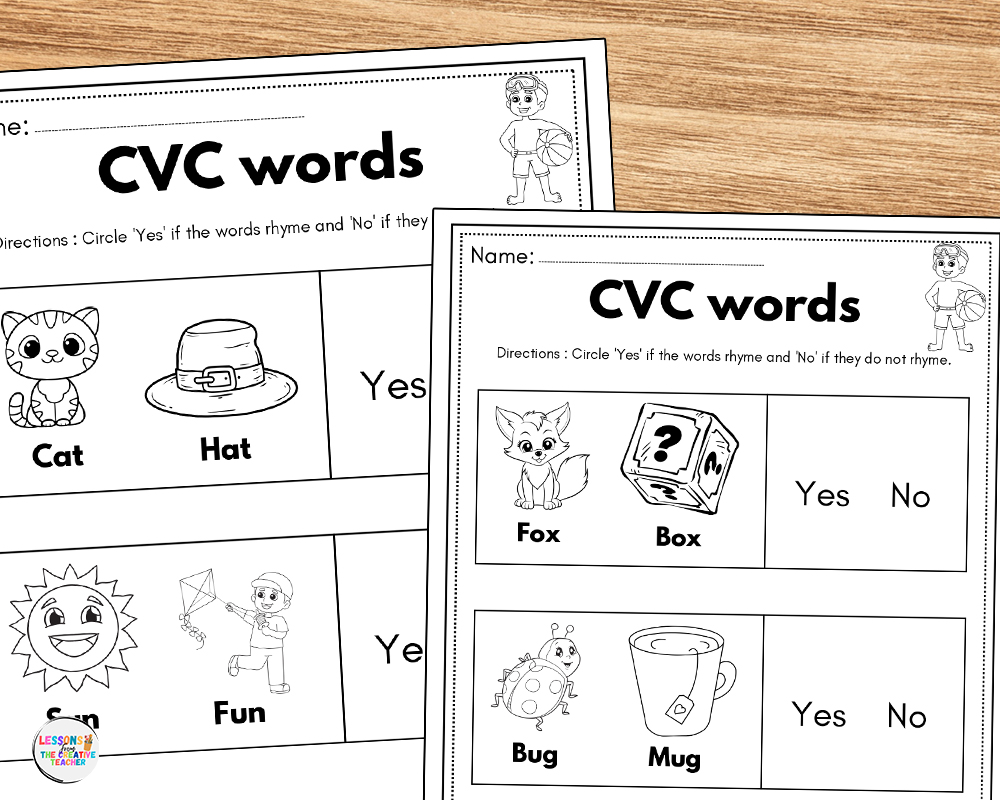
5. Practice Skip Counting During Playtime Routines
Jump rope or hopscotch while counting by 2s, 5s, or 10s. This builds a strong foundation for multiplication.

6. Storytime with Ending Sound Challenges
After reading a book, ask your child to find words that end with the same sound. This helps with phonemic awareness.
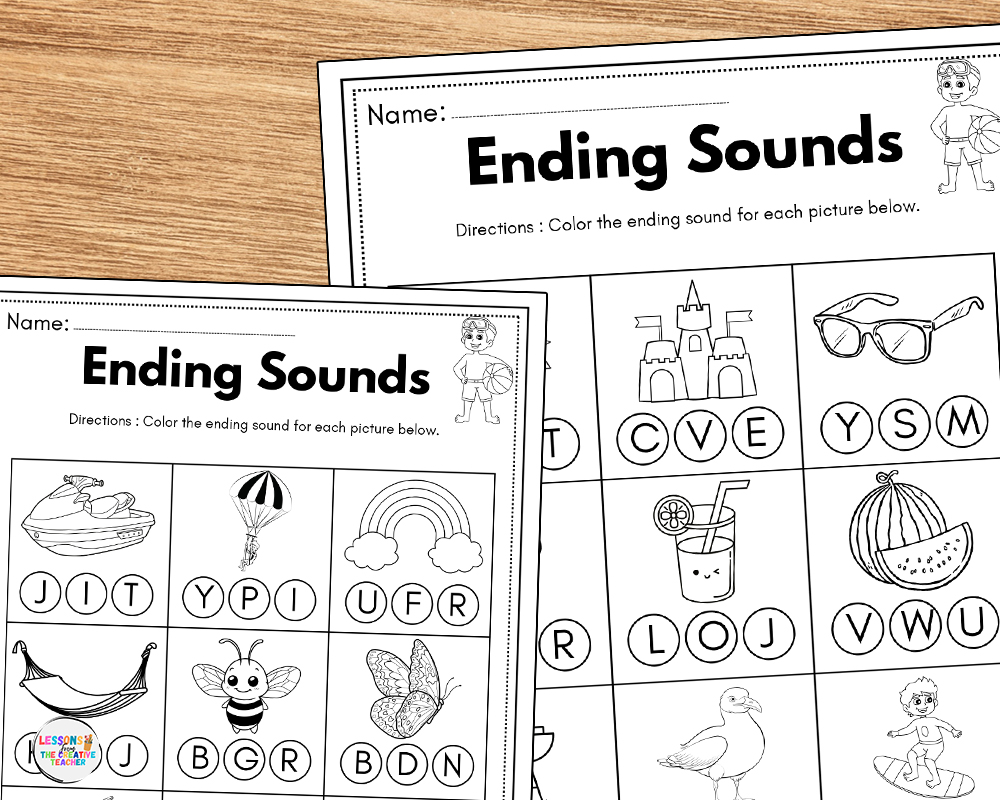
7. Summer Addition & Subtraction with Dice or Cards
Roll dice or draw playing cards to create simple math problems. Use toys to help count and solve the problems together.
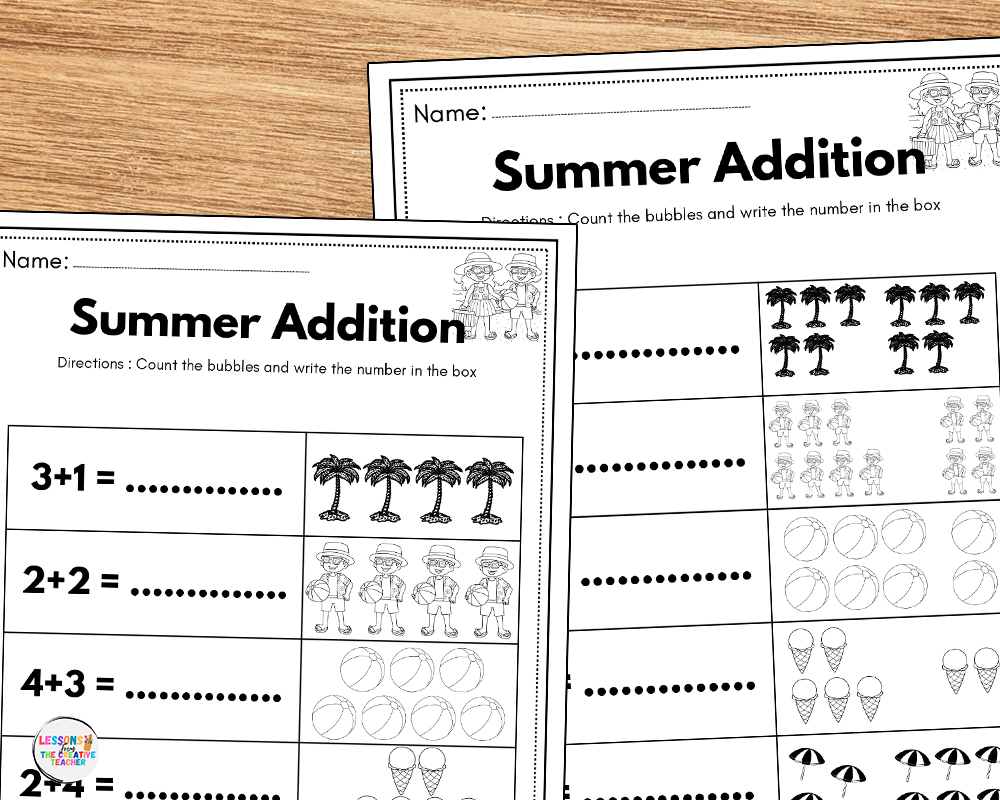
Tips for Making Children’s Summer Activities More Effective
Keep Sessions Short and Sweet
Children learn best in small bursts. Aim for 15 to 30 minutes of focused time, then allow breaks for play and snacks.
Mix Learning with Play and Free Time
Don’t feel like every moment needs to be a lesson. Mix worksheets with games, outside time, or building blocks.
Use Visuals, Songs, and Movement
Songs, colorful visuals, and motion help young kids remember concepts. Add dancing or drawing to boost engagement.
Offer Rewards and Celebrate Progress
Use stickers, praise, or a small treat to encourage effort. Celebrate learning milestones to keep motivation high.
Final Thoughts on Children’s Summer Activities
When summer activities are fun and engaging, kids don’t even realize they’re learning. From hands-on play to printable worksheets, there are so many ways to keep kids excited and ready for school. These [children’s summer activities] help support learning and build confidence in young learners.
Download Our Printable Summer Kindergarten Worksheets
Looking for easy, ready-to-use materials? Our summer kindergarten worksheets include letter tracing, CVC words, number bonds, counting, and more. Perfect for home or classroom use, these printables make it easy to support learning all summer long.
Try our printables and make learning fun all summer long!

